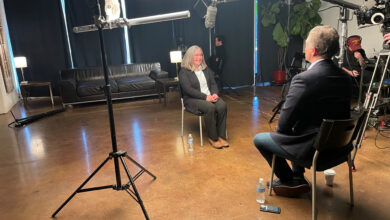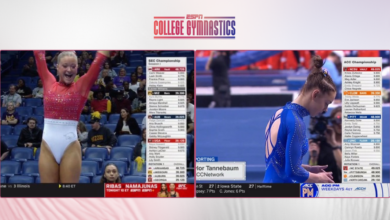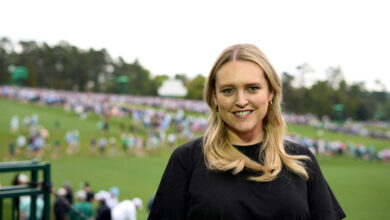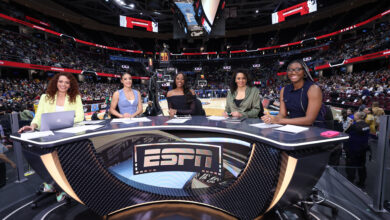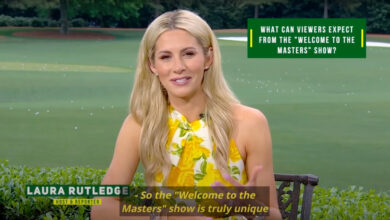ESPN at 40: Chapter 2 Of 4
ESPN at 40
BONUS CONTENT CELEBRATING ESPN'S 40 YEARS
EDITOR’S NOTE: In the course of gathering content to surround ESPN’s 40th anniversary on Sept. 7, producers spoke with dozens of current and former ESPN employees.
To commemorate its 40th anniversary, SportsCenter Special: ESPN’s 40, a collection of 40 testimonials from ESPNers past and present, will be televised Friday, Sept. 6, at 7 p.m. ET on ESPN2.
Whenever large historical projects like this are undertaken by our content creators, there is inevitably a treasure trove of material that just doesn’t make the cut. But it’d be a shame to not share some of those gems.
Front Row is honored to be able to share some of this bonus content, along with archival photos and helpful links and snippets of content that live on other ESPN platforms.
We hope you enjoy and we thank you for 40 years of fanship and memories.
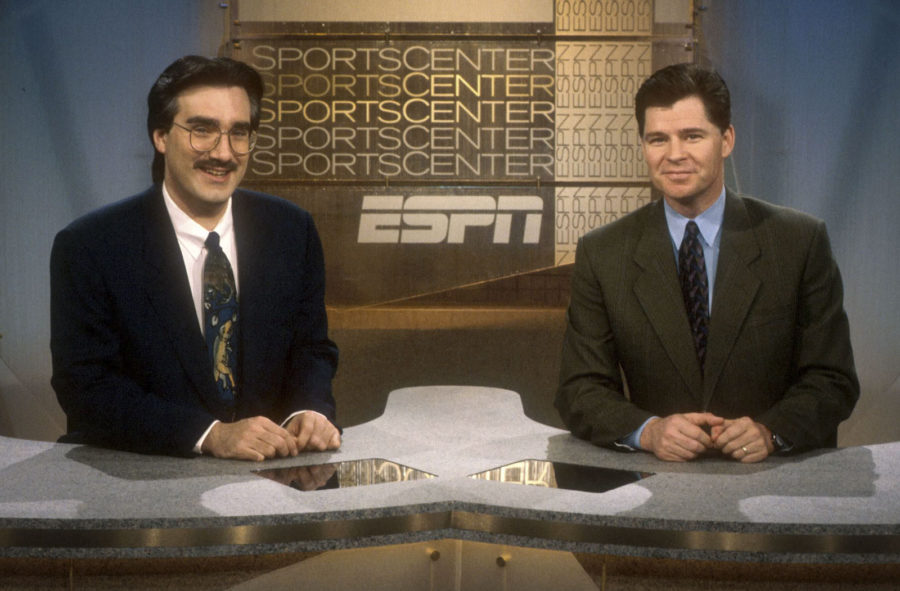
As ESPN entered its second decade, SportsCenter, with its clever anchors and creative producers, was evolving into a mainstream phenomenon. With its footing firmly established, the network began expanding its portfolio of studio programming and live events and the ESPN rocket ship was being turbo-boosted.
Chapter Two
SportsCenter ascends behind exceptionally talented pioneers. . .
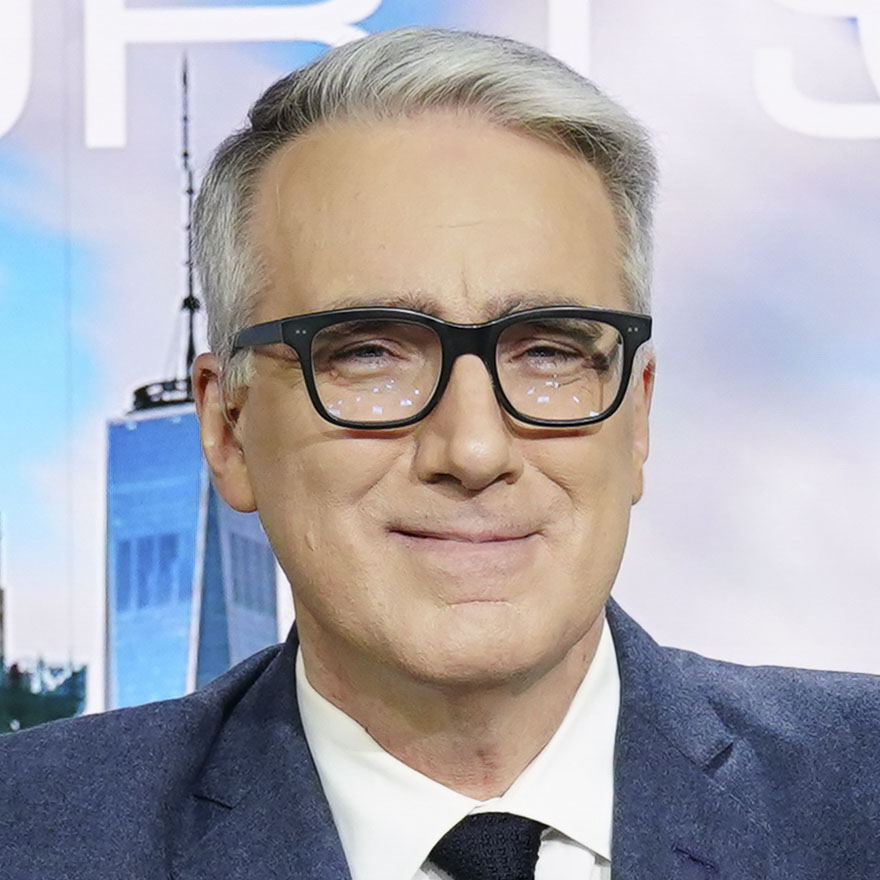
Keith Olbermann – Anchor, SportsCenter (1992-1997, 2013-present)
The people who made SportsCenter happen all pre-date Dan Patrick and me. Lou Palmer and Gayle Gardner and Tom Mees and John Saunders. They were the ones who did the hard work. We were merely the ones who walked across the tightrope. When they started, there was no tight rope. You just tried to jump across the river.
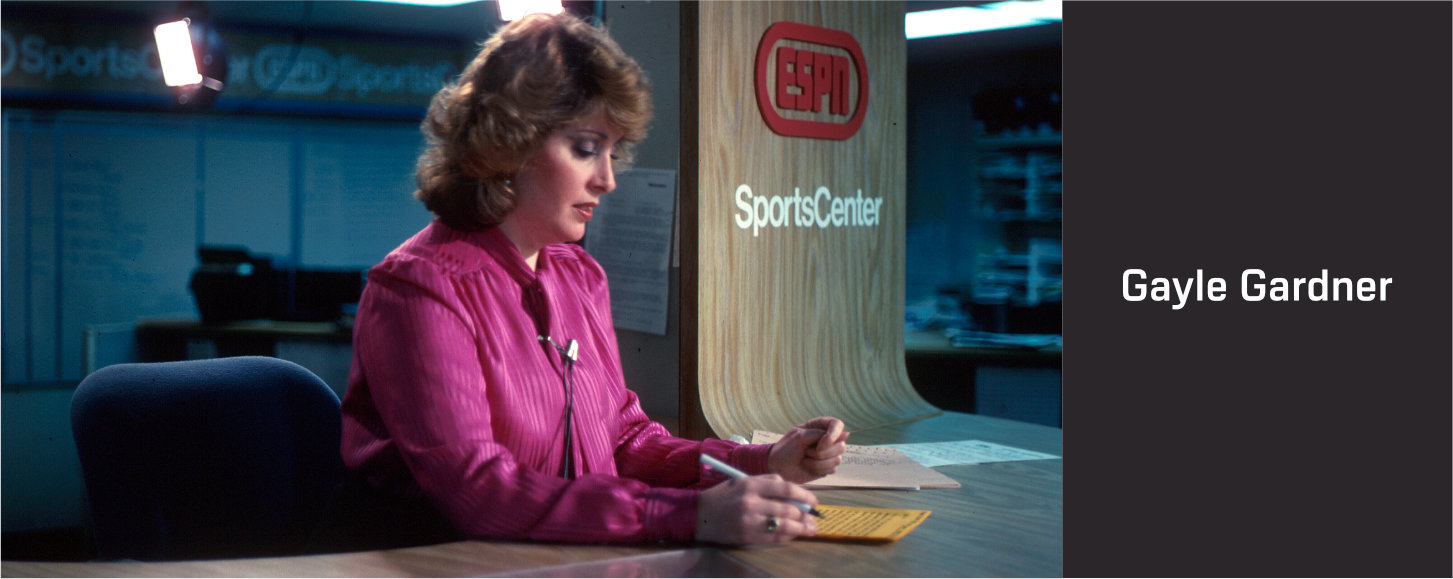
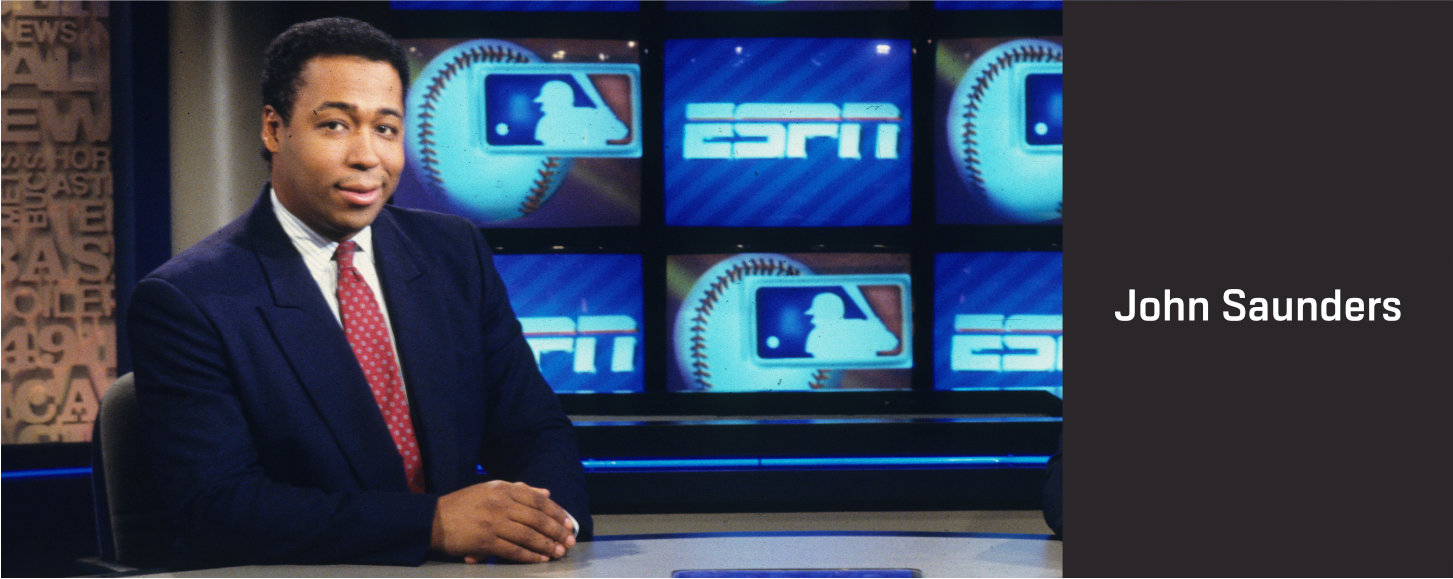
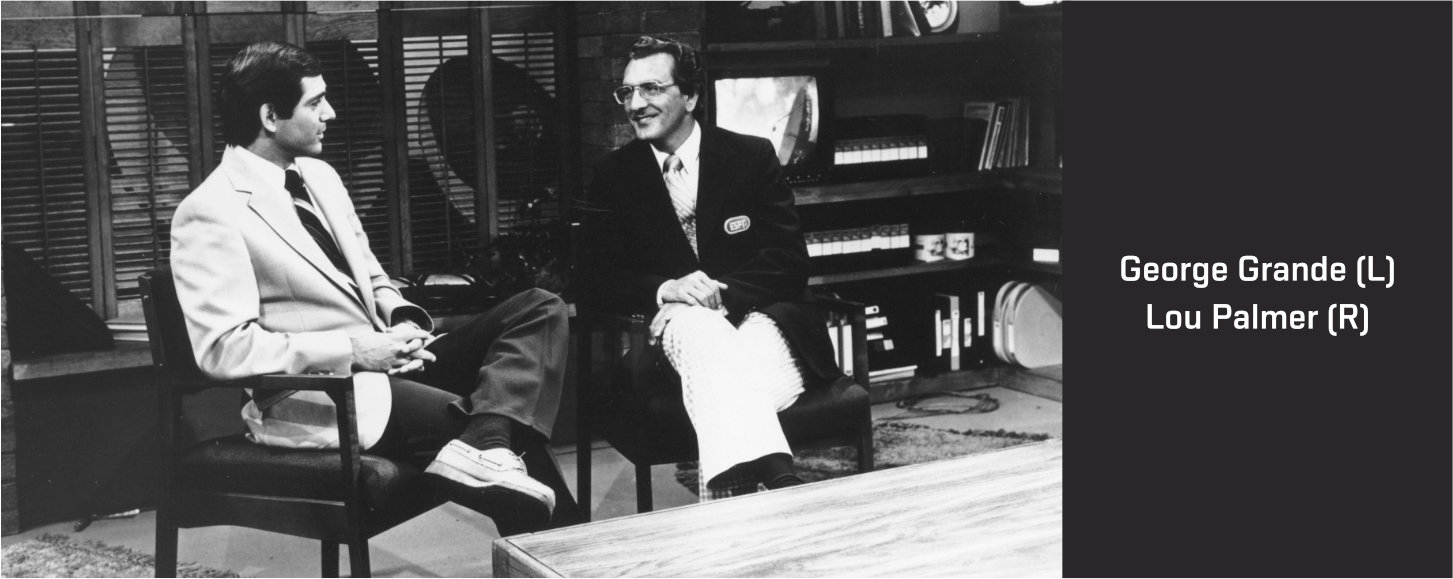
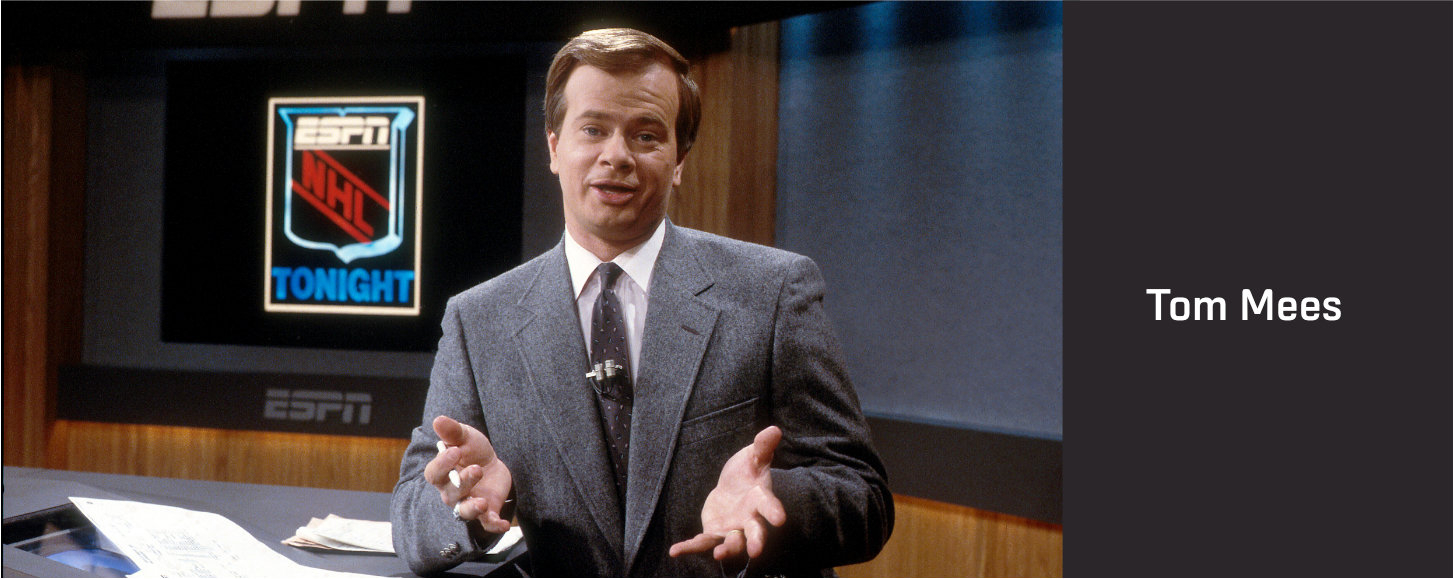
Steve Bornstein – President (1980-1999)
I don’t minimize the importance of Dan Patrick and Keith Olbermann. That was a real magical combination. It’s really hard to get that kind of chemistry. And they became social currency, and that was pretty powerful.
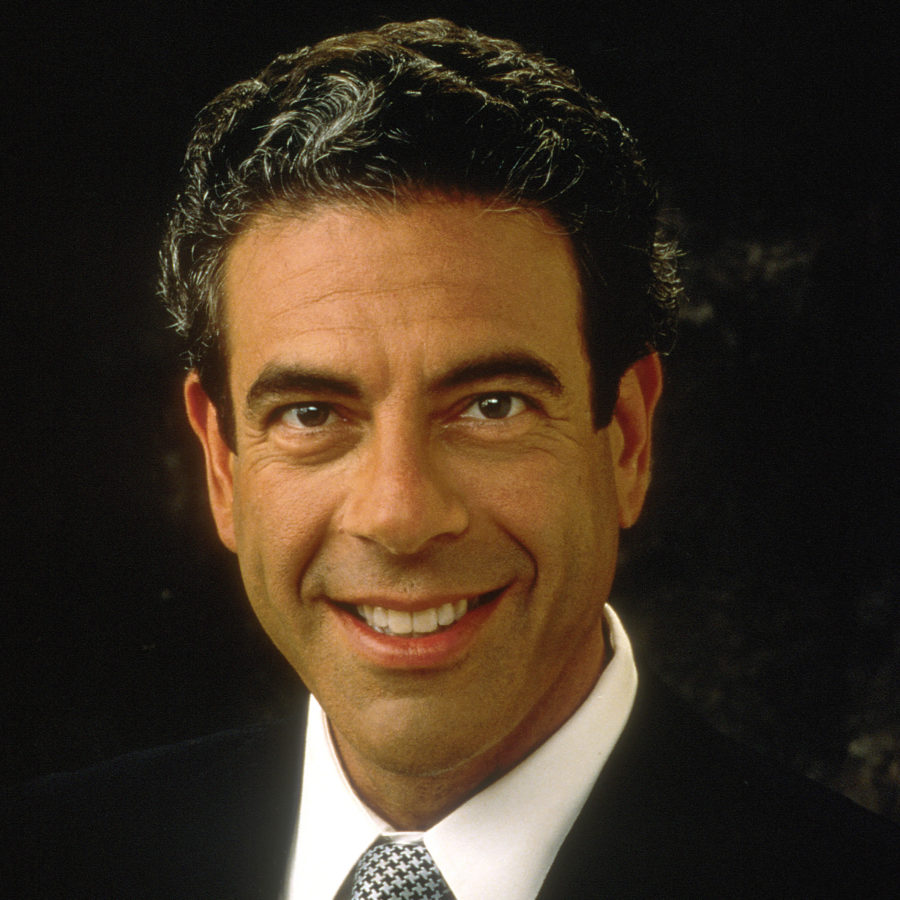

Keith Olbermann
I had already known Dan Patrick for eight years when I came to ESPN in 1992. SportsCenter was an hour on Sunday night and half an hour the rest of the week where the two people on the air had to materially, proactively look out for the other guy. None of it was intended to be style or funny or anything else. It was designed to get us through the show alive.
Linda Cohn – Anchor, SportsCenter, Studio Host (1992-present)
As soon as I started hosting SportsCenter regularly, there were calls made to the ESPN switchboard wondering, `Why is this woman on the air?’ Later, guys would come up to me and they would say, `Hey, Linda, don’t take this the wrong way.’ And I’m like, `OK,’ bracing myself. They would say, `You know, I never took sports from a woman before you. And you know what? You’re good. It’s OK. I like you.’ And I was like, “That’s the greatest thing I’ve ever heard. Thank you for that compliment.’
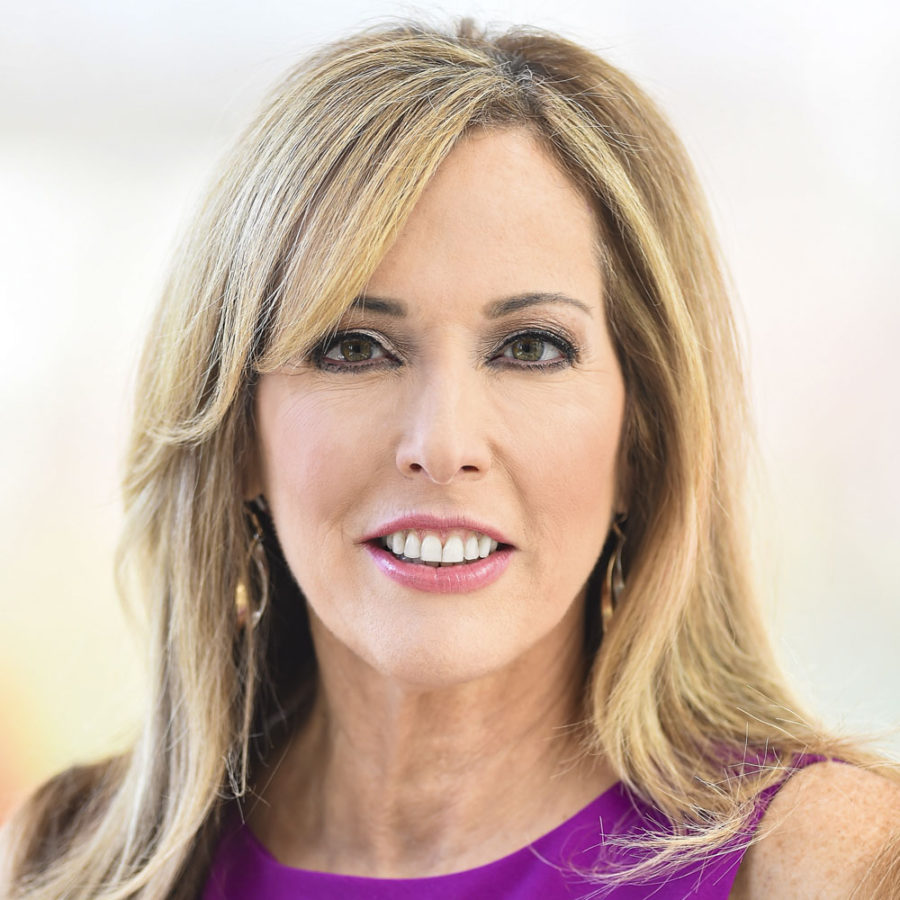
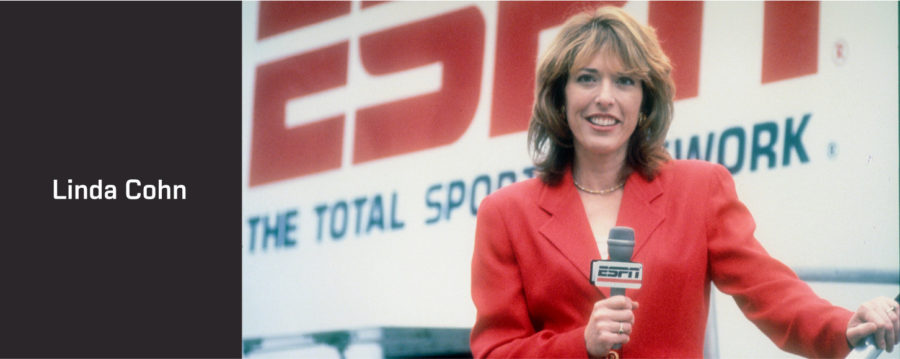

Linda Cohn
I didn’t care that there were only a few women that came before me, I didn’t care that they weren’t on SportsCenter every single night, consistently, like I was hired to be. I didn’t even think about it. Because when people always ask me, they’re like, `Did you feel the pressure of all that?’ And I’m like, `No, because all I cared about was being a part of this amazing club.’
Chris McKendry – Anchor, SportsCenter, Tennis Studio Host (1996-present)
The six o’clock show with Trey Wingo and Kenny Mayne, we had a lot of fun off camera, the three of us. During the days while we were prepping, Trey and I would always try to do The New York Times crossword puzzle. Often, I’d get the right answer but I could never make it fit because I’m a horrible speller.
It was a big joke when I was first asked to do the spelling bee in 2002.
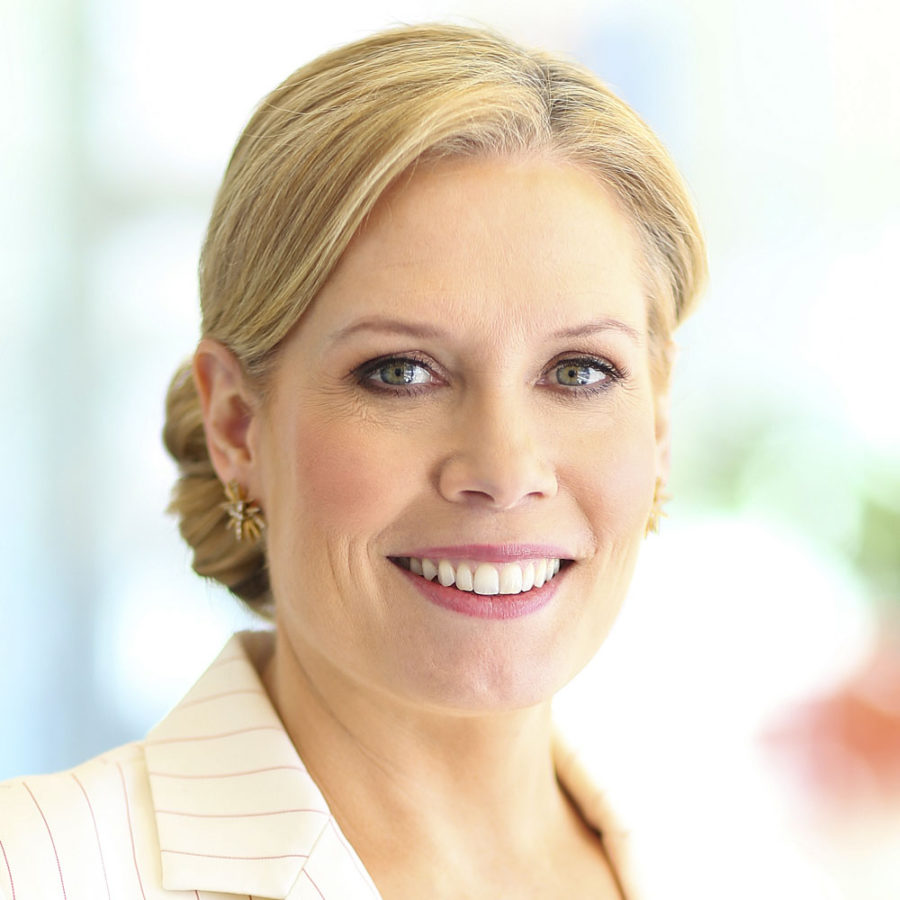
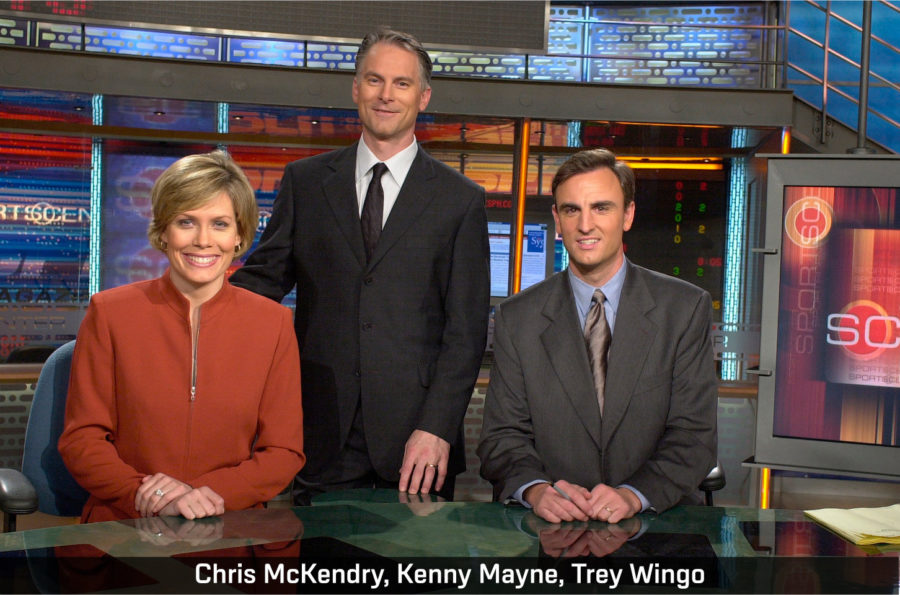
. . . who were a bit surprised to be in that position of ascension. . .

Keith Olbermann
I got a phone call saying the copies of the magazine are here, TV Guide, and we were one of the top 10 shows – SportsCenter at eleven o’clock was listed, along with Seinfeld and Friends. It was no longer a sports broadcast. It was now a television show that happened to be about sports. And it was startling.
. . . while others were teaming up to build out from the core ESPN brand. . .
Steve Bornstein
So, the big first new business we got into was ESPN Radio. And then I came fast to the conclusion that we needed to launch ESPN2, or otherwise other people could be a meaningful competitor to ESPN. And so that, to me, that epiphany was that we were not just going to be a single network and that we’re going to serve sports fans everywhere.

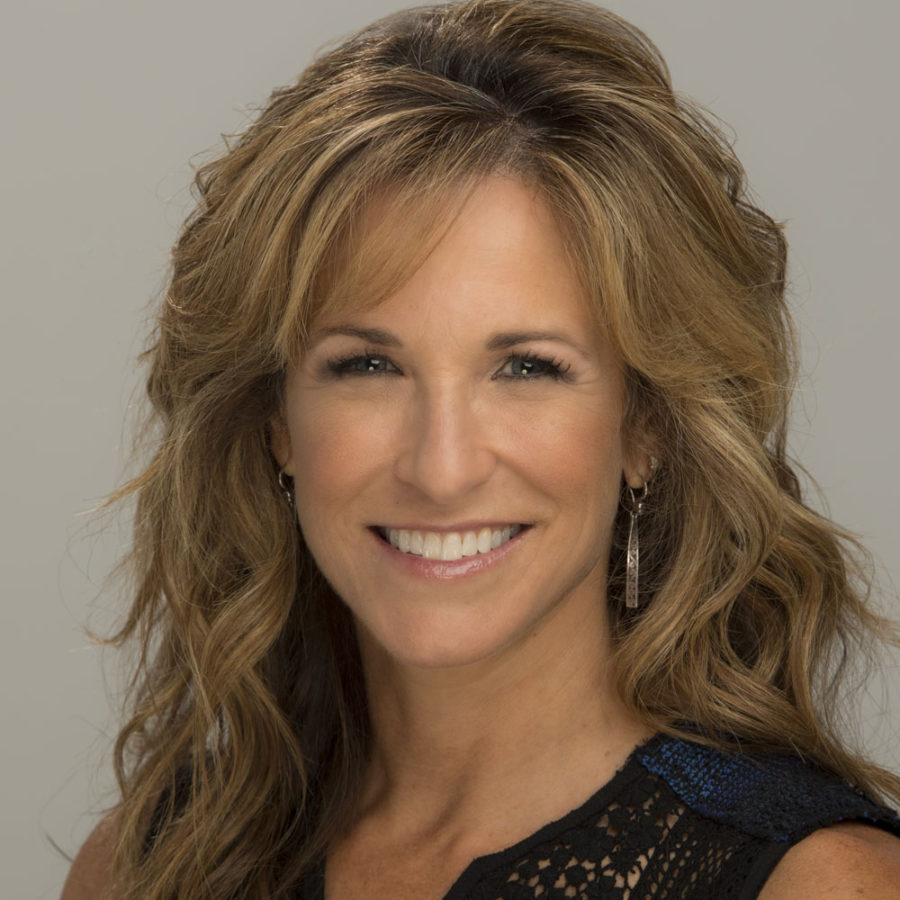
Suzy Kolber, NFL Studio Host (1993-present)
I believe I was the first outside person hired for the launch of ESPN2. We weren’t quite sure exactly what we wanted it to be or what we wanted it to look like. The word `irreverent’ was used a lot.
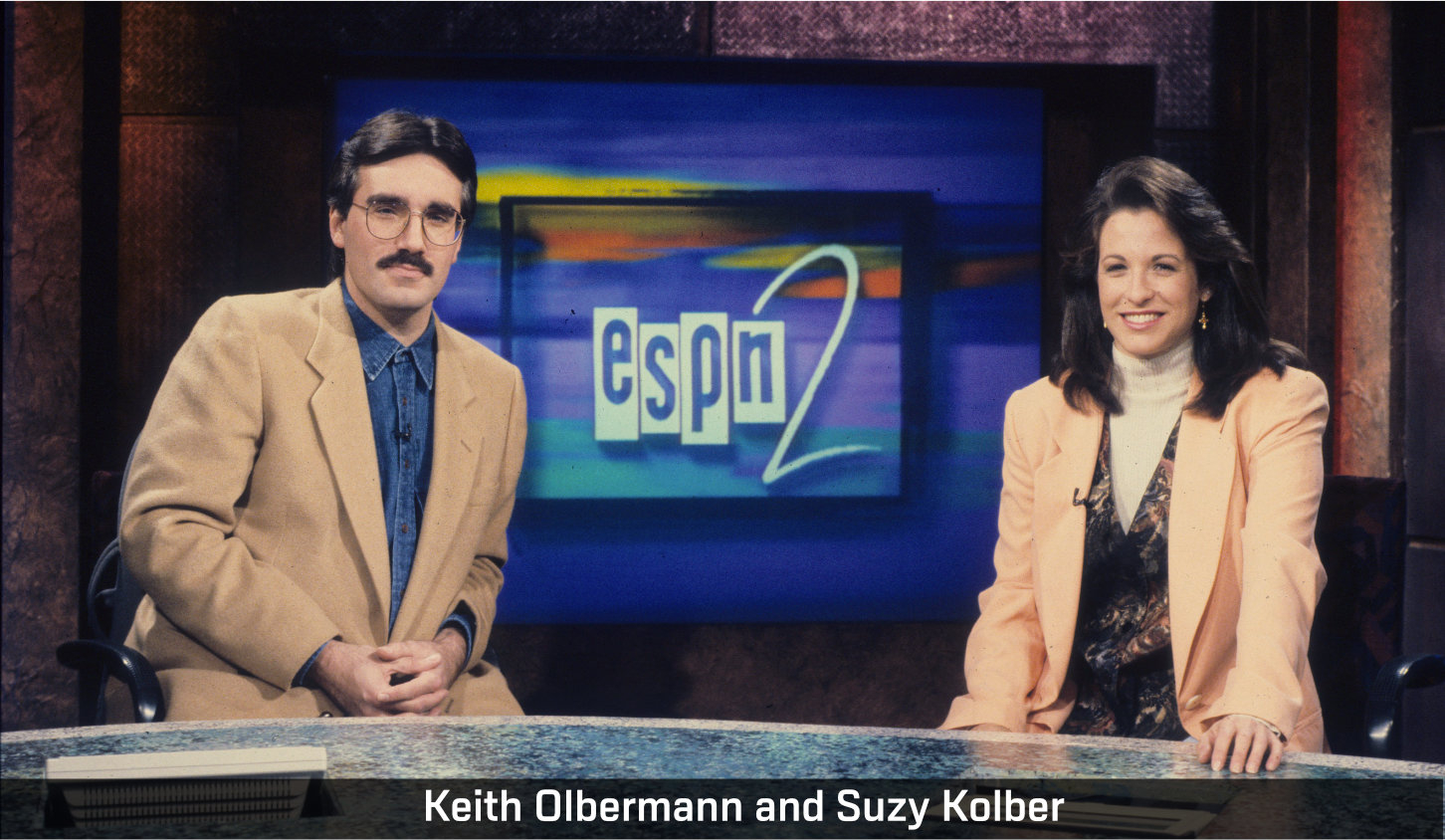
. . . the “community” of SportsCenter grew. . .
Robin Roberts – Anchor, SportsCenter (1990-2005)
It’s a Saturday night in 1993 and I had been at ESPN all day prepping for my Sunday morning show and I get a call from my producer who said, `We believe Arthur Ashe has passed away.’
So that next morning, I didn’t want to do the show. And I distinctly remember toward the end of doing SportsCenter that morning after Arthur Ashe passed, and I’m really – I was choked up. It was like the first time I really showed emotion like that on the air.
Arthur Ashe was somebody that was very dear to me. And to have to report about his death and to talk about his life and his legacy, and I worried that that was going to be seen as a negative; showing emotion like that.
But just the opposite really happened, and this is what I love about the ESPN audience: You guys, you rule! You ride us pretty hard because a lot of you know more than we even know about sports. But I thank you for allowing me to show emotion that day and not holding it against me, but lifting me up and saying `It’s OK.’ I really learned a lot about myself and a lot about the ESPN audience that morning.
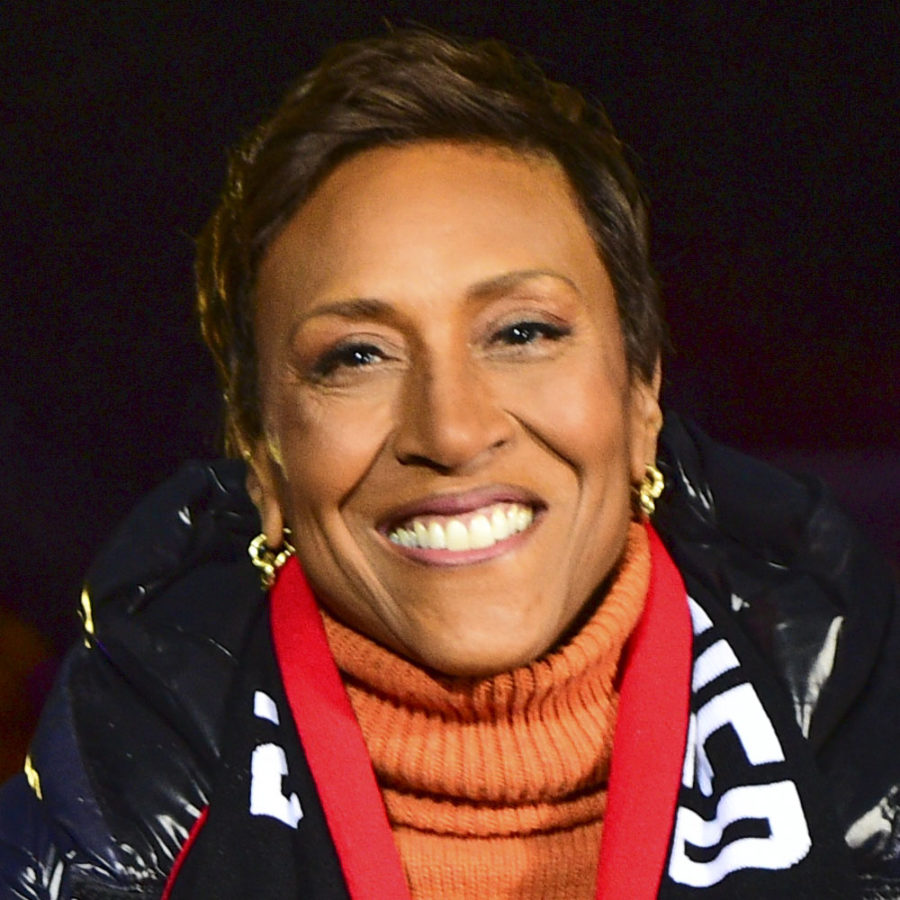
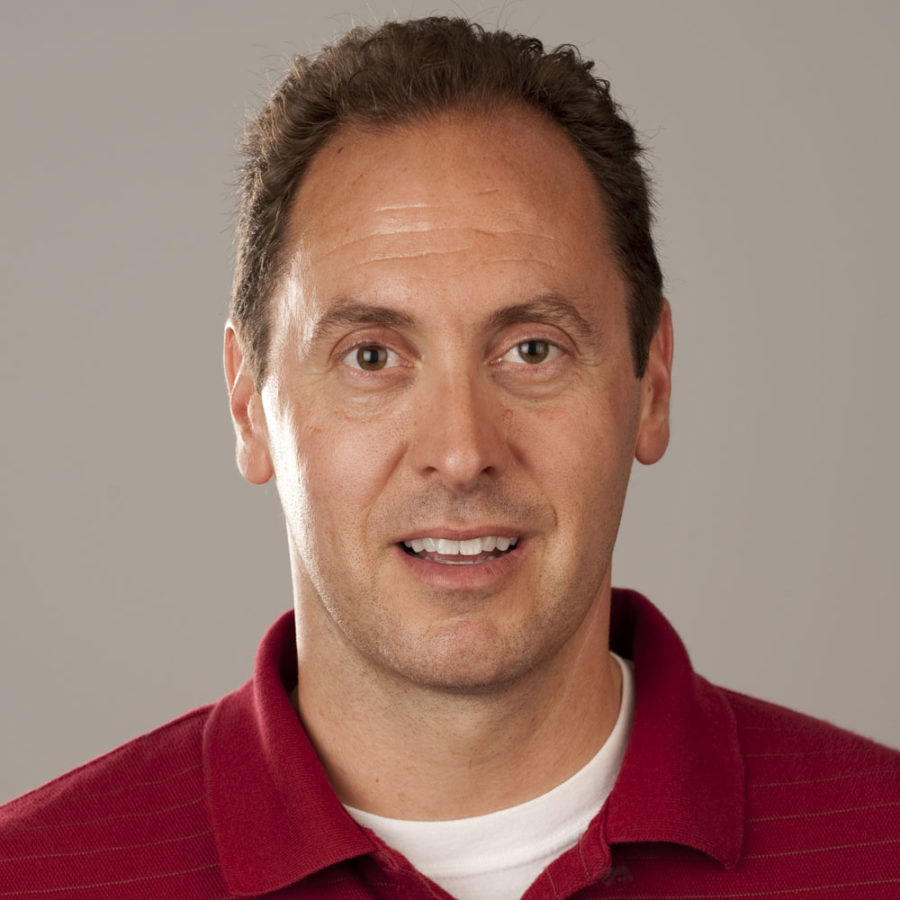
Chuck Samataro, Camera Operator (1986-2015)
Sports is the original reality show. Reality programming just dominated TV programming in the last decade or two. But let’s face it, reality TV isn’t real when the cameras are there. But in sports, people are not doing anything based on the camera. They’re doing everything based on the competition and wanting to win. And sometimes people will watch games because they just want to watch the competition. They don’t have to have any dog in the race.
Robin Roberts
I couldn’t go anywhere, especially an airport, without people singing `Da-Da-Da. Da-Da-Da. I loved it, and that’s when I thought to myself, `Man, we’ve really arrived.’


Steve Bornstein
Look at the ESPYs. If you aren’t crying, you don’t have a pulse.
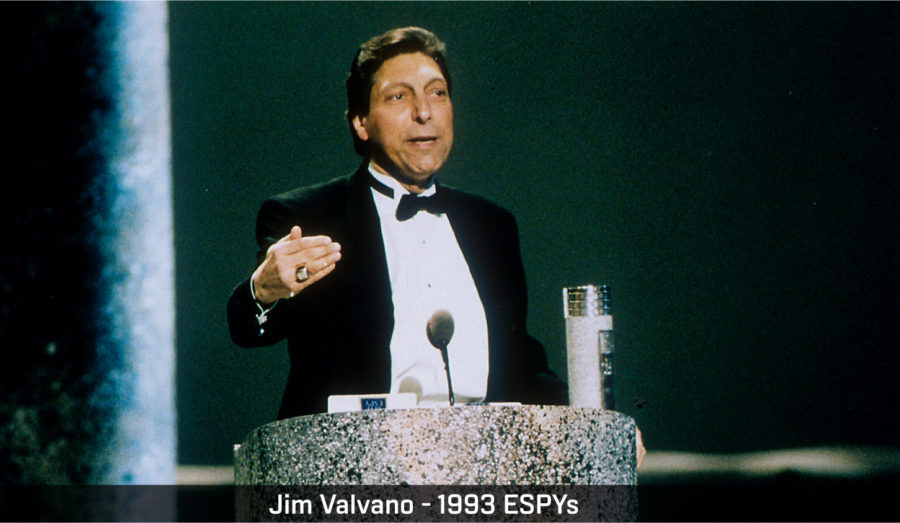
Robin Roberts
I mean we see it now, what the ESPYS have grown into. But that first one [in 1993] and being backstage when Jimmy Valvano is out there giving the speech of a lifetime. And I’m watching the crowd and I see Dick Vitale, who helped him up on the stage, how emotional he was becoming and `Don’t give up. Don’t ever give up.’
I’m the next one on that stage after Jim, and I remember looking out and just saying something along the lines, and it was so true, `I’ve never been so proud of ESPN as I am right now.’ And the fact that years later I was diagnosed with breast cancer and knowing what Jim said and hearing it, as I did, and knowing that I was not going to give up. I wasn’t ever going to give up because of Jim.

. . . and an iconic, 24-year, ongoing brand campaign was born. . .
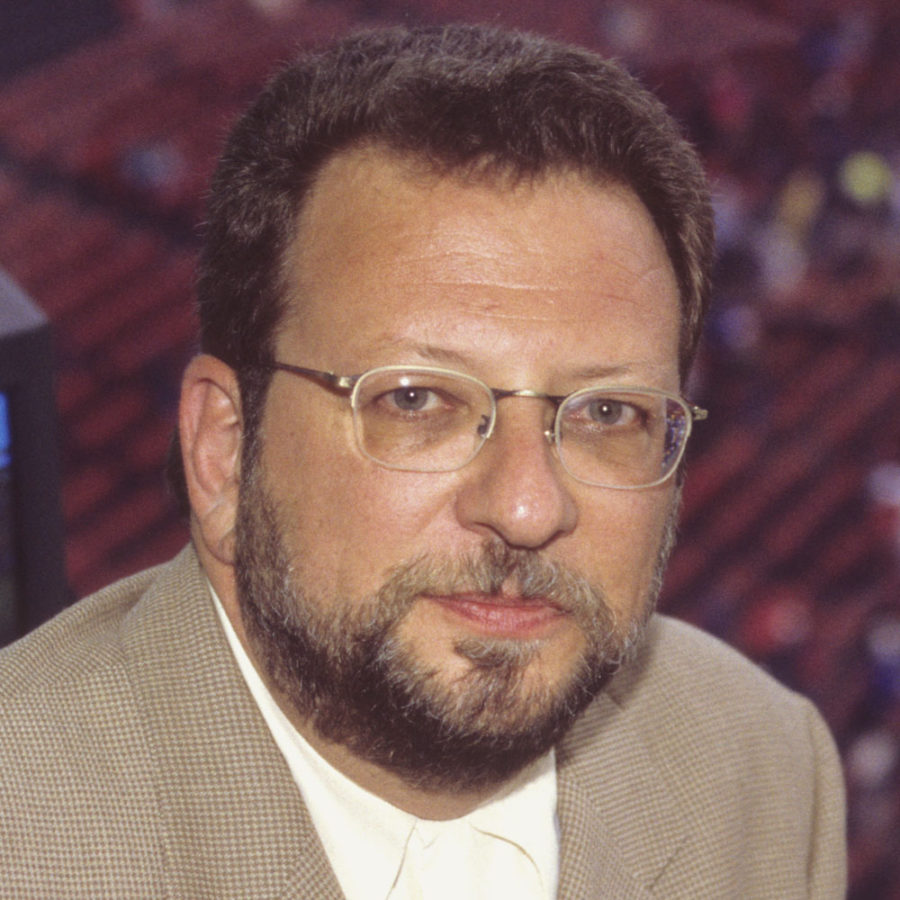
Charley Steiner, Anchor, SportsCenter (1988-2002)
The “This is SportsCenter” campaign was something that nobody foresaw, because prior to the campaign, the whole idea was to squelch the personalities on air. They just wanted the ESPN logo behind us. But then one day, these creators from Wieden+Kennedy, who did the Nike commercials, among others, showed up at our doorstep.
We had a meeting, and they had been looking at us for a week or two, just how we were going about our business. They were introduced to us and they gave us this idea that they were going to promote us but in an exaggerated fashion. `This is who you are on ‘SportsCenter,’ but this is who you really are,’ nod, nod, wink, wink.
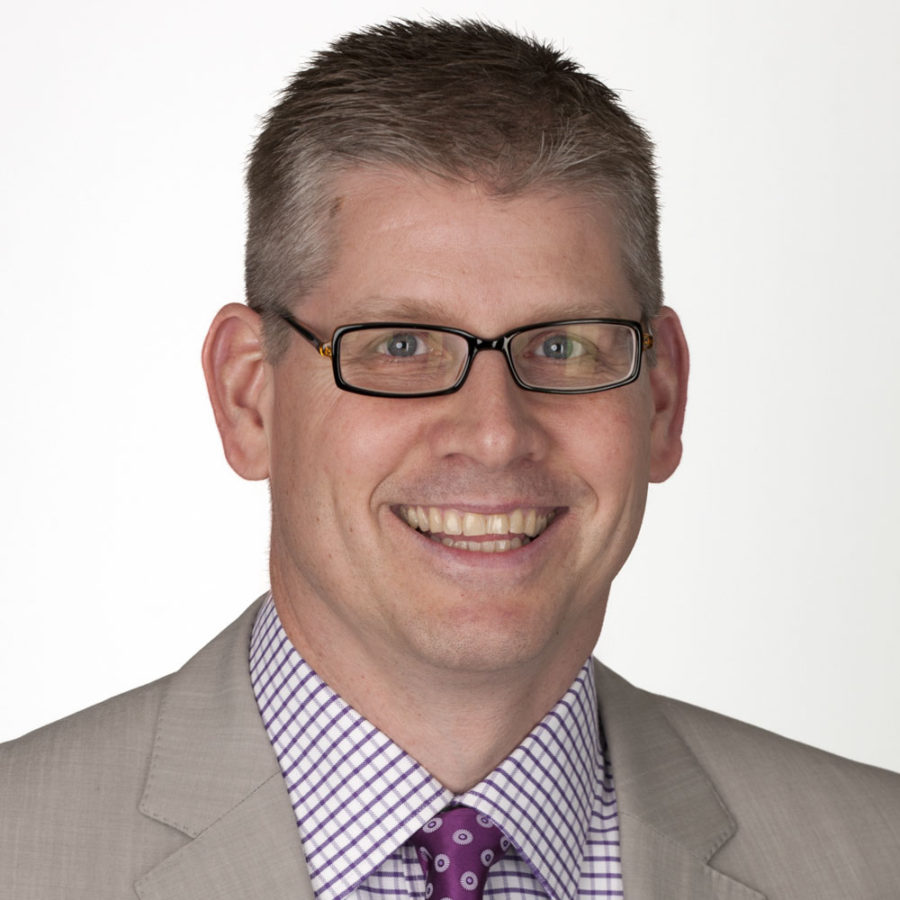
John Anderson, Anchor, SportsCenter (1999-Present)
The biggest question I think any SportsCenter anchor gets is … `What are the commercials like? Have you done a commercial?’ It’s almost like a rite of passage. You haven’t done a commercial, a lot of people think you’re just here, and you chamois Chris Berman’s car, right? Until you show up in a commercial, and they’re like, `Oh, you really do work here.’
Rob King, Senior Vice President, Original Content (2004-Present)
Those `This is ‘Sports Center’ commercials give people the impression that athletes show up on campus just extemporaneously. There is some truth to that. One day when I was sitting in my office and I was doing some administrative thing that had me at my desk for three hours solid. And so I go to stand up and stretch my legs, and I’m kind of groggy, and I open the door, and I look to my left, and coming down the hallway is Snoop Dogg. And I say, `Am I dreaming?’ And he goes, `Oh, no, baby. It’s real.’
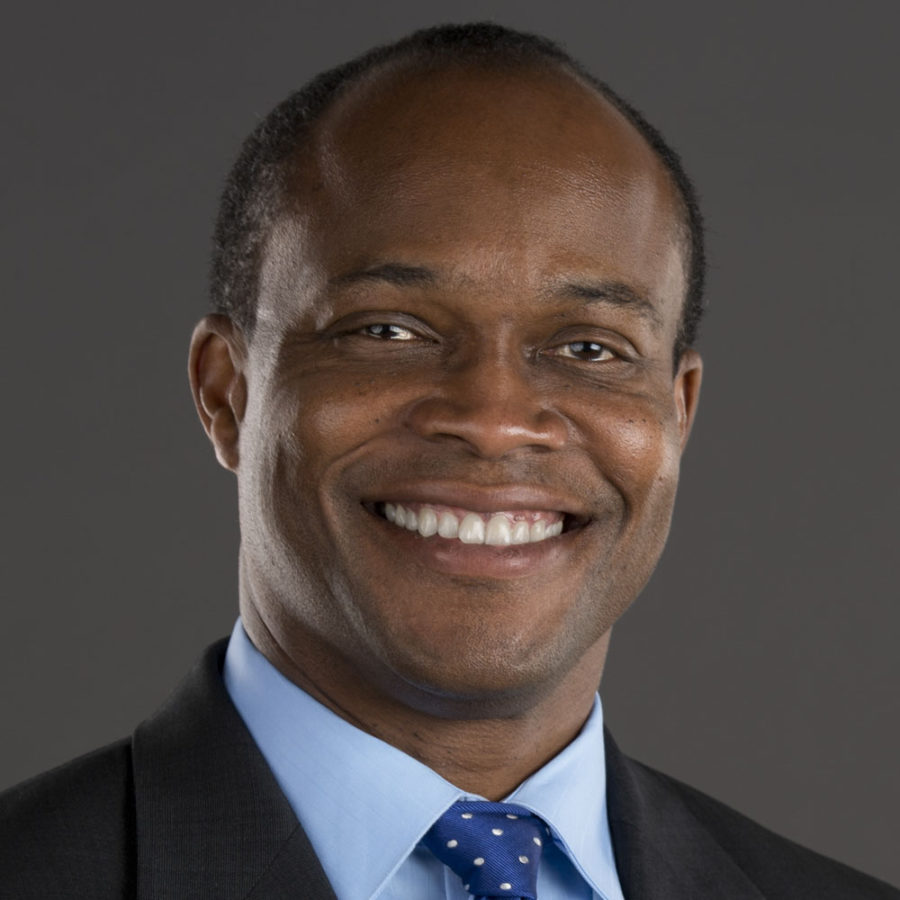
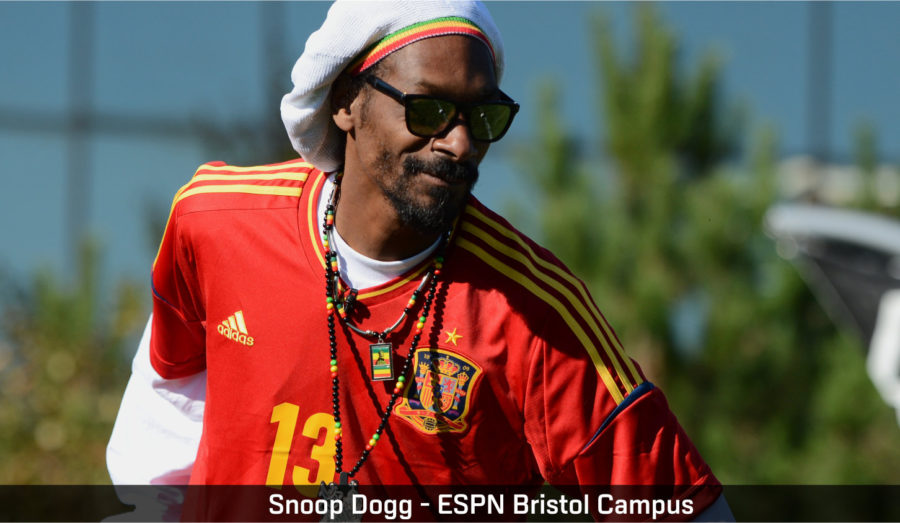
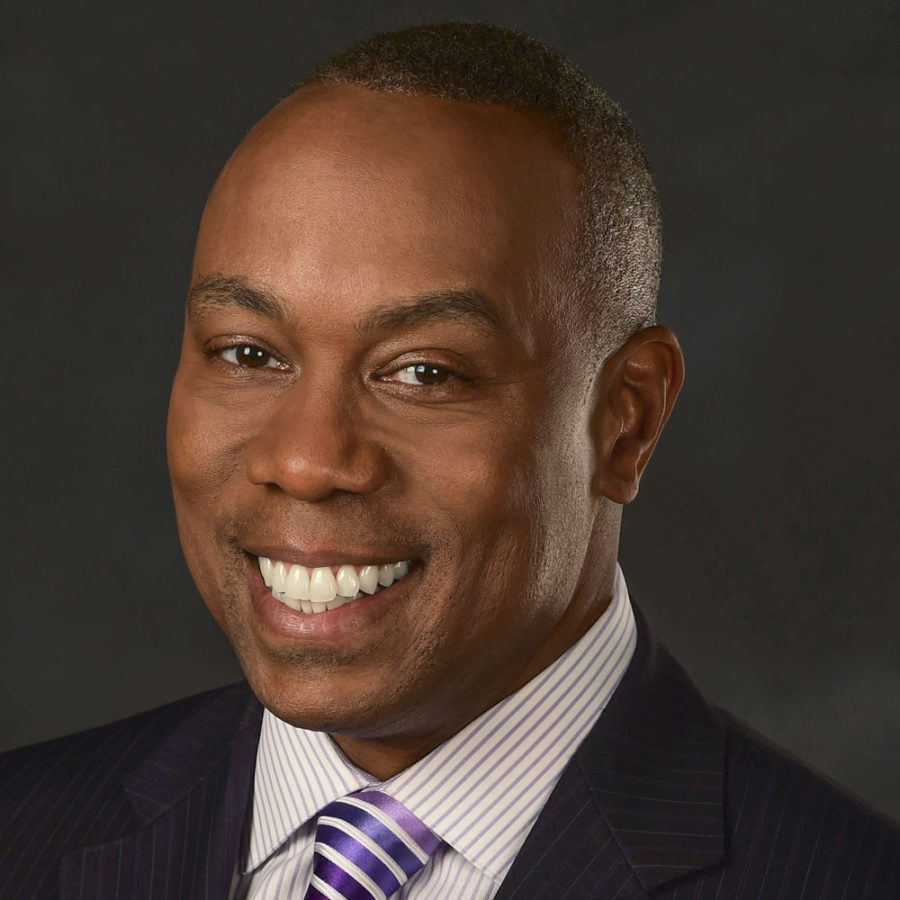
Jay Harris, Anchor, SportsCenter (2003-Present)
I’ve done a lot of `This is SportsCenter’ commercials, and I don’t know which is my favorite – it’s like picking your favorite child.
The New Jersey Devil [mascot] in the elevator’s really, really way up there. It was at the end of a day of shooting, and the director says: `Hey, I have an idea. Why don’t we, since the mascot is here – he was here to do another commercial with the Penguins mascot going back and forth over the thermostat.
So you see him in the elevator, and he’s not going up because he’s the devil. He’s going down, and you don’t want go with him. So just kinda go with it. Feel it out.’
And we did, and it worked.’ It was so simple, because I’m not going down there with the devil. I don’t care if he is just a mascot. That ain’t happening.
Charley Steiner
What is a little bit unsettling about the Y2K commercial, better known as, “Follow me to freedom,” is that it’s now 20 years old and it still seems to have a little bit of shelf life somewhere.
At the at the end of 1999, there were fears around the world that the computers would turn from 1999 to 2000 everything would go kerflooey. The whole premise of that spot was that we were cool at ESPN. We had everything settled, until we didn’t.
The punchline is, at the very end, where I scream, “Follow me to freedom,” with war paint on my face and a tie around my head.
Now, I am a SportsCenter anchor and I have some credibility, you know? That went all to hell that day.

. . . and another institution was rising (or surfing). . .
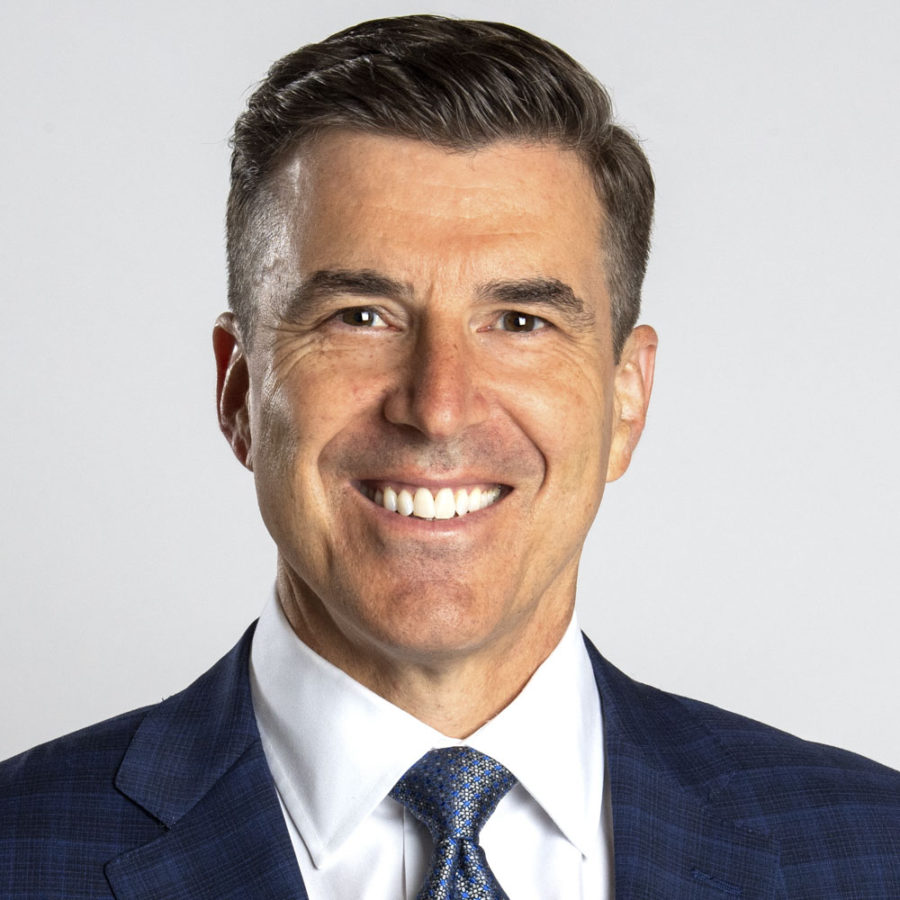
Rece Davis, College GameDay Studio Host (1995-Present)
College GameDay is at Penn State. They have a tradition during the games where the student body starts chanting, `We want the lion,’ and the lion mascot comes over and he body surfs to the top of Beaver Stadium.
So we asked Lee Corso if he’ll do it, and he’s into it. Well, as the day goes on Friday, I start getting nervous about this. What if they won’t put him down? What if they drop him? What if somebody punches him? So we get about two minutes away from airing, our director Rodney Perez gets in my ear, and he goes, “Rece, security’s saying no way, they don’t want coach to do this.’
But by then, LC was already into full entertainment sweetheart mode and he goes, `Hell no, I’m doing it. Let’s go.’ So we come on. LC’s surfing, just lying back there and the Penn State students are passing him back alongside the Nittany Lion. It was one of the most memorable, electric, hilarious openings I think that we’ve had on College GameDay.
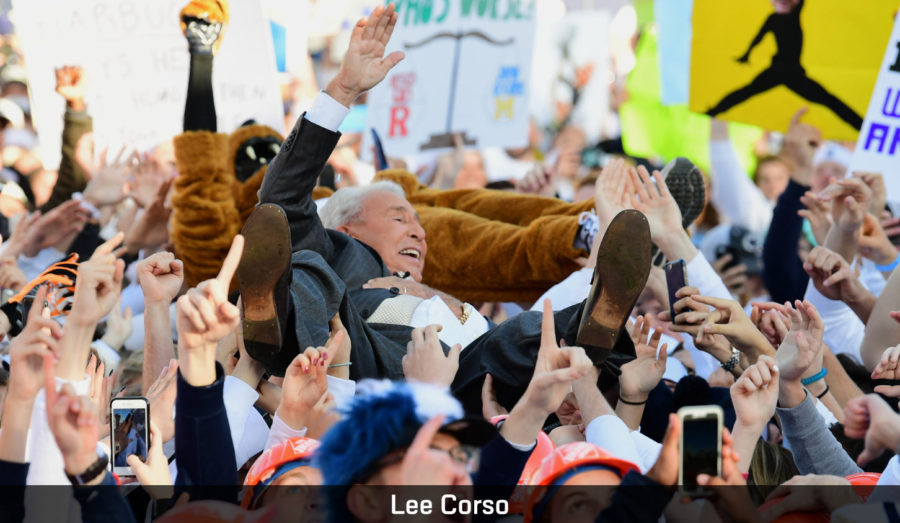
. . . just as monumental shift was about to occur.
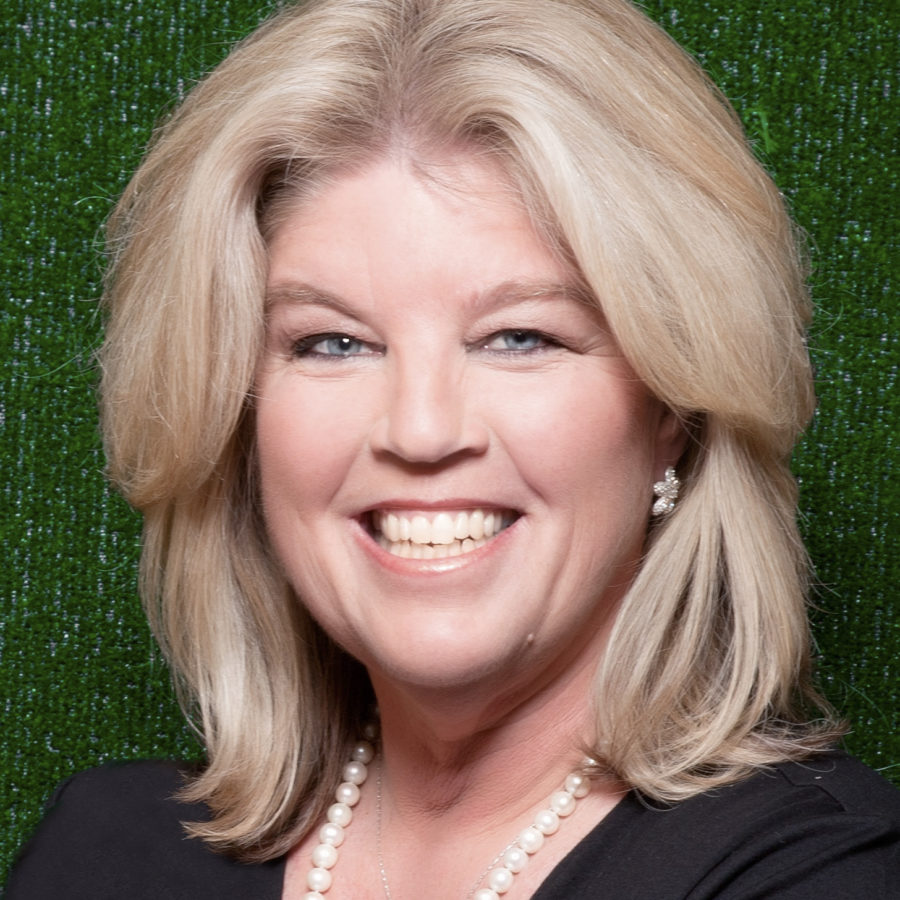
Christine Driessen Chief Financial Officer (1985-2018)
We’ve always decided to take risks, but I will say that when The Walt Disney Company decided to acquire us [in 1996] and they became our parent company with Hearst, Disney taught us the value of expanding a brand and taking a risk to ensure that you were capturing every type of consumer and fan. And without them I don’t think we would have done ESPN The Magazine or launched ESPNEWS.
Coming Tomorrow - Chapter 3
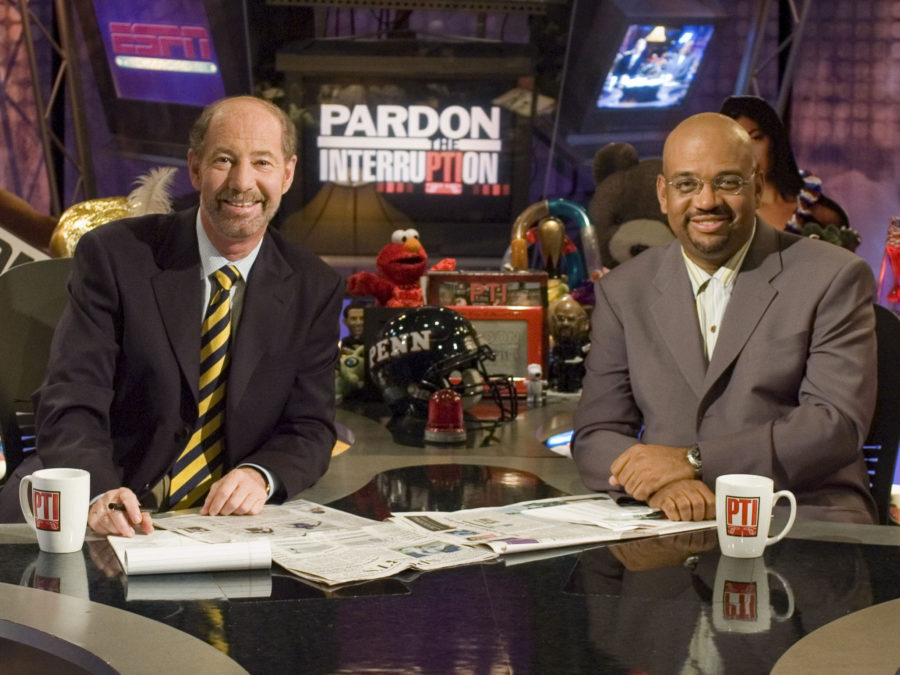
ESPN had arrived during the 1990s and with the start of the 2000s, it was time to branch out further into studio programming. Nothing embodied the innovation and trailblazing of the time as well as Pardon the Interruption, featuring Tony Kornheiser and Michael Wilbon, which burst into the national sports conversation in 2001. PTI would fundamentally alter the landscape of sports television. The “oughts” also were a time of unforgettable sports – and technological – moments for the company.
